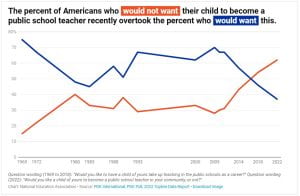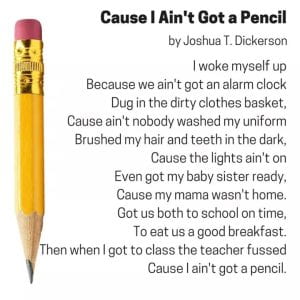Read
Woke
Equity
CRT
SEL
…probably missing a few, but these seem to be at least some of the concepts/subjects that have become flashpoints for disagreement regarding how to educate our kids. What they are taught. How they are taught.
I am a profoundly firm believer that our job as educators is NOT to teach kids what to think. Our job is to teach kids HOW to think. In terms of the curriculums we utilize, they are established generally through the Standards of Learning as prescribed by the state. The specific curriculums (example: the textbooks and corresponding material we utilize) are determined by local school boards (which are almost always elected).
In Fauquier County, like all other Virginia school divisions, the School Board must approve all new courses and curriculums. We have a great School Board! One of the things that makes them great is that they educate themselves. In other words, they READ. They study what is presented to them. They make informed decisions. I don’t always agree with the decisions they make, but that doesn’t really matter. I work for them and not the other way around, and I respect the fact that, although we have disagreements, they understand the issues because they take time to do so.
When it comes to controversial topics like CRT, Equity, SEL, and Woke-ism, it is important to READ about these topics in order to gain an informed opinion. You are NOT going to get an accurate understanding via Fox News or CNN. You just aren’t. They have an agenda that, in my view, isn’t motivated by a “just the facts” mentality. Sorry, but they don’t. You have to read, and read plenty…preferably via multiple sources (this is assuming you have a genuine interest in these topics).
Equity
For the life of me, I have not been able to understand where the opposition to providing an equitable education for kids comes from. It makes no sense to me. I’ve had many conversations over the years with folks who have expressed opposition to providing equity in schools. In some instances, I have asked them to describe what they believe equity means, particularly in schools. They are almost always wrong. They almost always provide and argument rooted in politically beliefs and opinions. That is not what equity is all about. I wrote this a long time ago, and it still holds true:
“Do you believe that we should provide ALL kids with what they need in order to be successful?
Do you believe that kids at the “top” and the kids who consistently struggle BOTH deserve programs, opportunities, and resources necessary to be successful (we can do both, by the way)?
Do you believe that the instructional system that has been in place for over 125 years needs an update?
If you answered yes to these questions, then it is very likely that you believe in instructional equity for kids because this is how we define it.”
Giving kids what they need individually in order to be successful should not be controversial unless the motivation has nothing to do with insuring success for ALL students.
Woke
Confession: I only recently delved into the subject of “woke,” mainly because I keep hearing people use it as if it were a curse word. So, I read about it…a lot.
I’m going top leave this right here. What does “woke” actually mean?


